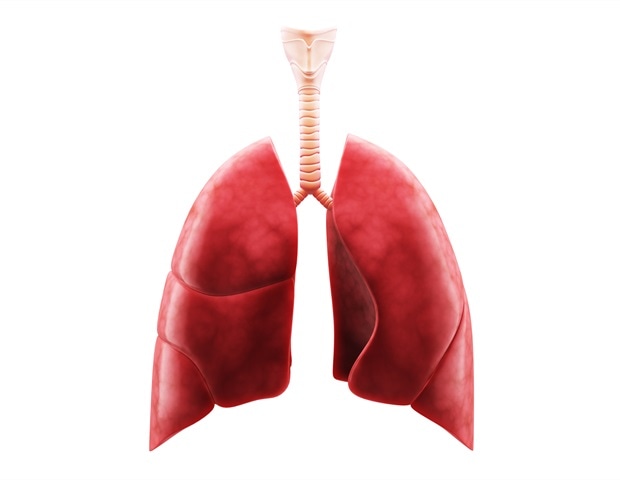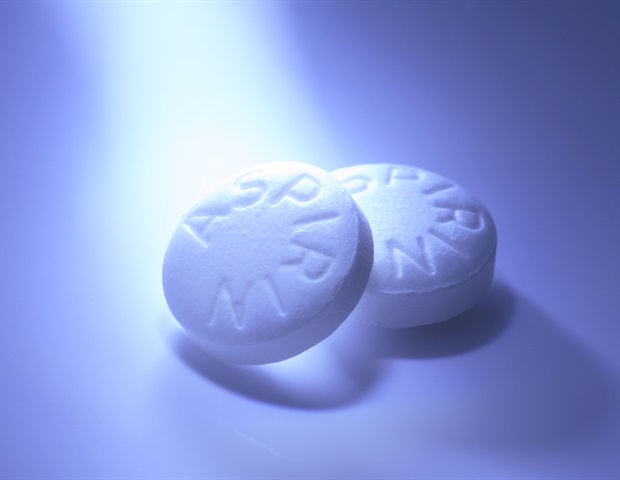By Amy Norton HealthDay Reporter
FRIDAY, Could 27, 2022 (HealthDay Information)
Researchers are one other step nearer to bringing coronary heart sufferers a brief “sensible” pacemaker that merely dissolves as soon as it is now not wanted.
Pacemakers are gadgets which are implanted to assist management sure irregular coronary heart rhythms, by sending electrical pulses to the guts muscle. They’re usually everlasting, however in some instances sufferers solely want non permanent coronary heart pacing for a matter of days.
Final yr, researchers at Northwestern College reported preliminary success in growing an alternative choice to the non permanent pacemakers used immediately: a wi-fi, “dissolving” pacemaker fabricated from supplies that biodegrade over a couple of weeks.
At that time, the main target was on the pacemaker itself, mentioned researcher John Rogers, who’s main the event of the know-how.
The pacemaker is a skinny, versatile machine composed of an encapsulating layer that accommodates electrodes. The underside of every electrode is uncovered and adheres to the guts’s floor.
Now the researchers have added elements that permit the pacemaker to be self-contained: a community of skinny, wi-fi sensors and a management unit worn on the pores and skin. They work collectively to watch the guts’s electrical exercise and different physique processes, equivalent to respiratory price, and management the guts’s pacing.
The system can be designed to select up issues like a pacemaker malfunction, then alert the affected person. In the meantime, all of this very important data may be streamed to a wise machine, permitting medical doctors to test on sufferers remotely.
That is in distinction to the way in which non permanent coronary heart pacing works immediately, Rogers defined.
Conventional everlasting pacemakers encompass a battery-powered pulse generator that’s implanted beneath the pores and skin of the chest and related to the guts through wires referred to as leads.
When sufferers want coronary heart pacing for under a short while, medical doctors use an exterior pulse generator, reasonably than implanting one. However sufferers nonetheless want electrodes sewn onto the guts, geared up with leads that exit the chest and connect with the generator.
That system works properly, Rogers mentioned, however there are small dangers — equivalent to a lead turning into dislodged or inflicting an an infection. Plus, it retains sufferers tethered to hospital gear.
The wi-fi system may permit them to maneuver round, and maybe get better at residence, in keeping with Rogers.
“We envision a future the place sufferers are launched earlier from the hospital,” he mentioned.
A lot works stays first, nevertheless. The know-how has to this point been examined in animals and on human coronary heart tissue within the lab — not but in sufferers.
This newest step in its growth, described Could 26 within the journal Science, affords “proof of idea,” mentioned Dr. Jim Cheung, a heart specialist at Weill Cornell Medication in New York Metropolis.
“That is very attention-grabbing, inventive work,” mentioned Cheung, who additionally chairs the American School of Cardiology’s electrophysiology part management council.
He famous that it’s a “area of interest” group of sufferers who want non permanent pacing. A typical situation could be after a coronary heart process that leaves a affected person with a slowed-down heartbeat for a short while.
One other instance, Cheung mentioned, could be sufferers who have to have a everlasting pacemaker eliminated on account of an an infection. Short-term pacing can be utilized as a “bridge” till the an infection clears and a brand new everlasting machine may be implanted.
The Northwestern researchers pointed to a different situation: Newborns who require surgical procedure as a result of they had been born with a gap within the wall that separates the guts’s higher chambers. These infants want non permanent pacing after the process.
Cheung mentioned it is conceivable that the brand new know-how may permit sufferers who want non permanent pacing to be cellular and even go residence sooner. He additionally pointed to the larger image: The essential premise of this know-how — a wi-fi, sensible system that detects points inside particular tissue and applies therapy — may have a variety of medical makes use of.
Rogers mentioned that’s, certainly, the broader purpose.
The pacemaker’s dissolving function would negate the necessity to take away something from sufferers’ our bodies afterward. If that concept sounds regarding, Rogers mentioned the machine is made out of substances present in vitamin tablets — like small quantities of iron, magnesium and silicon — and may be safely damaged down within the physique.
“There is not something unique on this,” he mentioned.

IMAGES
Coronary heart Illustration
Flick thru our medical picture assortment to see illustrations of human anatomy and physiology
See Photos
Extra data
The U.S. Nationwide Coronary heart, Lung, and Blood Institute has extra on pacemakers.
SOURCES: John Rogers, PhD, professor, supplies science and engineering, biomedical engineering and neurological surgical procedure, Northwestern College Feinberg Faculty of Medication, Chicago, and Northwestern McCormick Faculty of Engineering, Evanston, Sick.; Jim Cheung, MD, chair, Electrophysiology Part Management Council, American School of Cardiology, Washington, D.C., and professor, drugs, Weill Cornell Medication, New York Metropolis; Science, Could 26, 2022

Copyright © 2021 HealthDay. All rights reserved.













